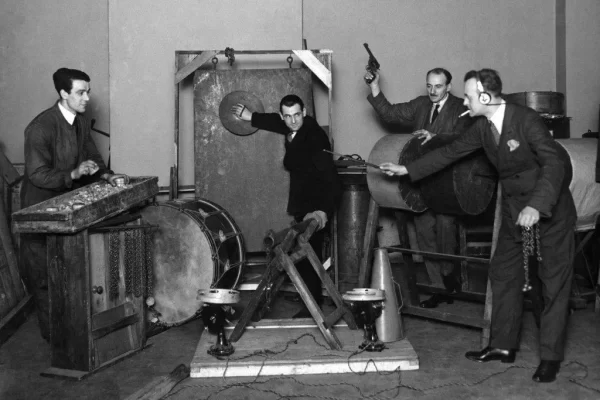Induction heating is applied to metals or conducive materials to bond, harden or soften them. It’s a process that dates back to the 1920s when World War II was at its behest. Formulating a technology that would meet the urgent needs for wartime metal engine parts was needed. Despite starting way back in the 1920s, technology is still very relevant. With today’s induction heat treating services, there is more focus on the techniques of lean manufacturing and emphasis on improved quality control. In this article, we will explore the benefits of induction heating. So, follow through.
Table of Contents
Induction Heating Maximizes Productivity
Induction allows for rapid heat generation, which means more output per unit of time. There is no delay between turning it on and having it do anything useful. Instead of transporting batches of parts to a remote furnace area or subcontractor, the induction heating process can be completed on the manufacturing floor near the cold or hot-forming machine. For instance, a continuous, one-piece flow manufacturing method can now replace the time-consuming, off-line batch heating strategy previously necessary for brazing or soldering.
Induction Optimizes Consistency
With induction heating, you never have to worry about the quality or consistency difficulties of using an open flame or a torch. Once the system has been calibrated and set up, the heating pattern is consistent and can be relied upon to be repeated. Modern solid-state systems allow instantaneous power on/off and exact temperature control, yielding consistent outcomes. Innovative induction heating systems can monitor the temperature of each component in a closed-loop system. Set individual part-by-part ramp-up, hold, and cool-down times and save the resulting data.
Induction Also Reduces Energy Consumption
Have you had enough of your ever-increasing utility bills? In contrast to traditional batch furnaces, which typically only achieve an efficiency of 45–50%, this technique can convert up to 90% of the energy it consumes into usable heat. Induction also minimizes heat loss during standby because it doesn’t necessitate a warm-up or cool-down period. The induction method lends itself well to automated, energy-saving setups because of its high level of reproducibility and uniformity.
Induction Improves the Quality of Products
By using alternating electrical current, induction heats the object from within without ever bringing it into touch with a flame or other external heating element. Warping, distortion, and rejection of manufactured goods are thus reduced. When the highest possible quality of the finished product is required, vacuum brazing is frequently used because the component can be sealed in a vacuum, inert, or reducing environment, respectively, to prevent oxidation.
Induction Also Leads to Extended Fixture Life
Induction heating can quickly heat tiny regions of your part without heating the rest of the fixture, resulting in a longer lifespan for both. Fixturing and mechanical setups have a longer lifespan as a result.
Final Thought
Induction heating is superior because more energy is transferred per millimeter squared than with an open flame. For precise and complex components, manufacturers often rely on the expertise of suppliers specializing in custom machined parts. Hence, more components may be brazed each hour using induction heating than with any other method. Less mass needs to be heated when heating processes are quick and precise. Insulation around it is less likely to be harmed.





